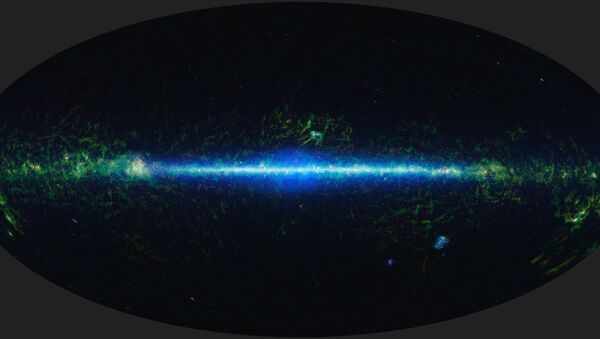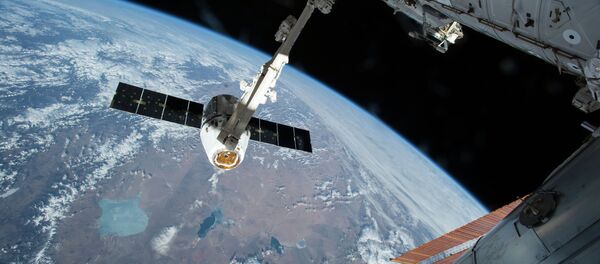According to previous estimates, our Milky Way was estimated to weigh within a range of about 500-billion solar masses (in which one solar mass equals the weight of our sun) all the way up to a guessed-at 3-trillion solar masses, cited by the Astrophysical Journal.
The extremely wide differential in the earlier estimate range related primarily to the method astronomers used to calculate their totals, as well as the still-unknown physical properties of dark matter, according to Gizmodo.com.
Dark matter — a widely-accepted hypothesis that remains unproven — is asserted to constitute some 90 percent of the mass of our universe and so could equal the same figure relative to the mass of our own galaxy.
Now, astronomers from around the world have teamed together to put forward a new approach to solving the vexing problem of calculating the mass of our galaxy; by combining data from the NASA Hubble and the European Space Agency Gaia orbital telescopes.
In an as-yet-unpublished edition of the scientific publication The Astrophysical Journal, new data and new calculations put the weight of the material comprising the Milky Way — measured out to about 129,000 light-years from the galactic center — at some 1.5 trillion solar masses, according to reports.
"We were surprised that our value fell in the middle of the very wide range of previous estimates," remarked Laura Watkins of the European Southern Observatory in Garching, Germany, cited by Gizmodo.
Astronomers note that some 84 percent of the Milky Way's total mass is thought to be dark matter, a figure far greater than what would be contained in the galaxy's 200 billion stars. Additional material including gas, dust, asteroids and the galaxy's central super-massive black hole account for much of the rest but still fall far short of the total.
Other observable nearby galaxies do not command the heft of our own ‘intermediate-size' Mike Way, however.
"For some context, the lowest mass galaxies are around a billion solar masses and the most massive are around 30 trillion solar masses, so the Milky Way is on the higher end of this range-but we already knew that," said Watkins, cited by Gizmodo.
"Compared to other galaxies with similar brightness, the Milky Way's mass is fairly typical."





